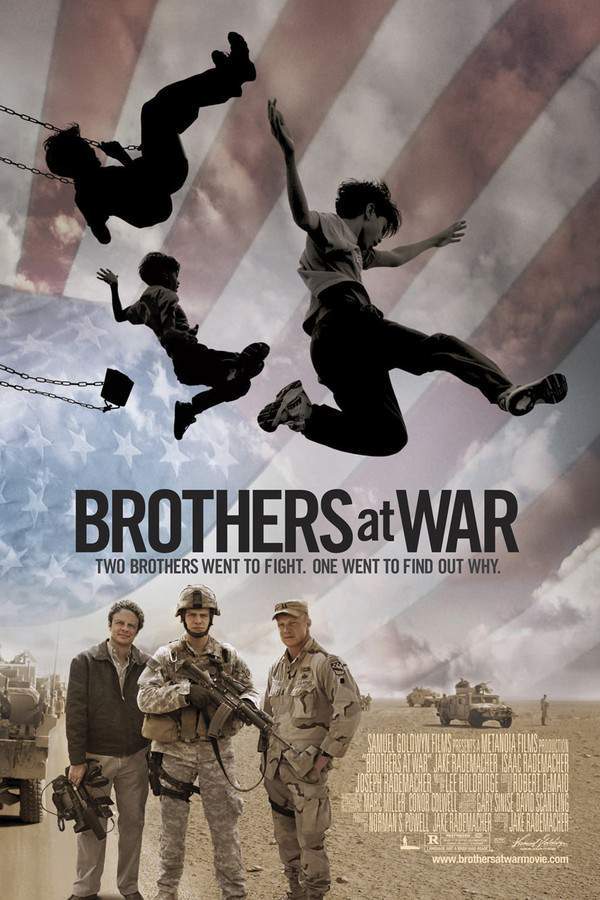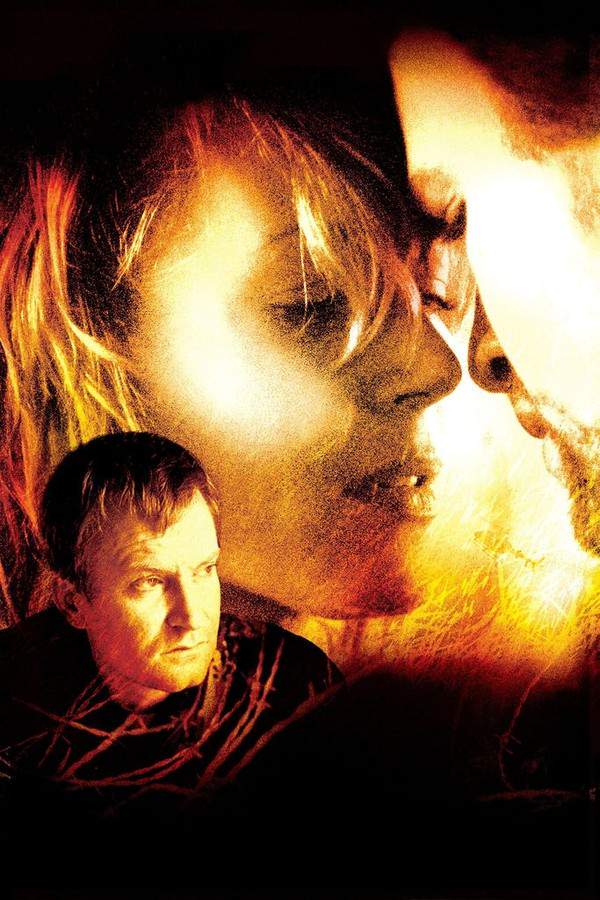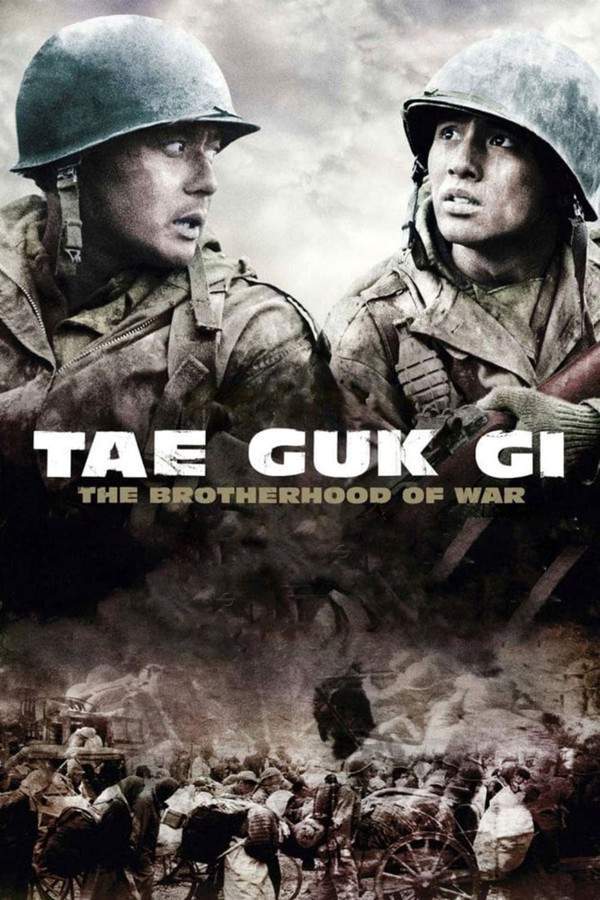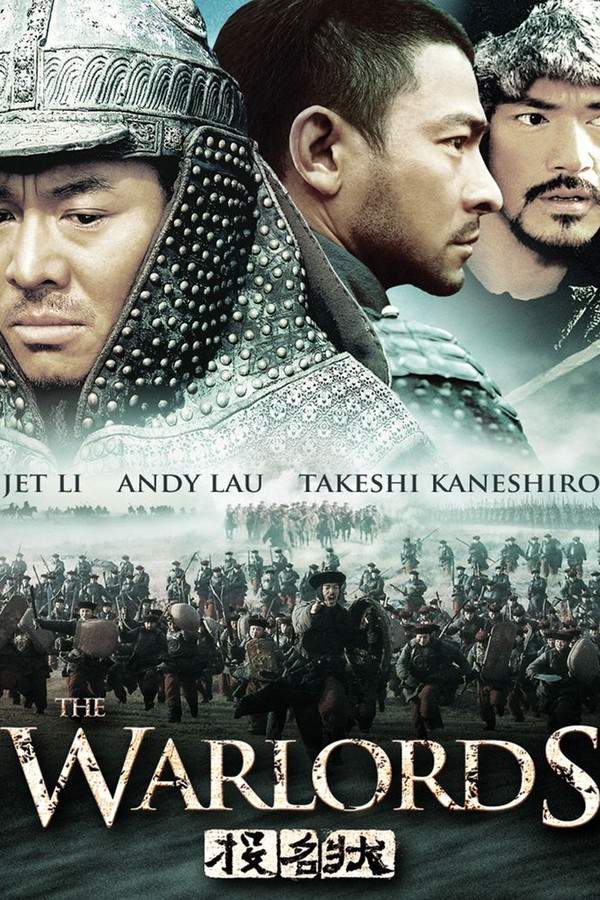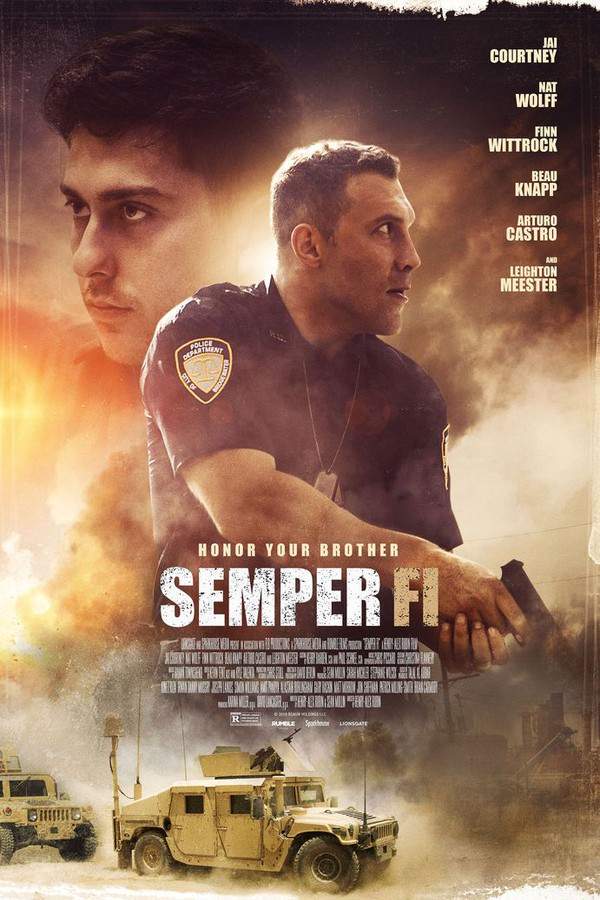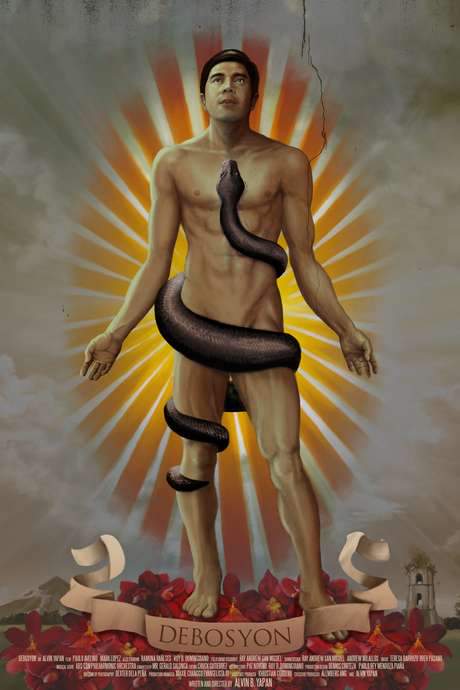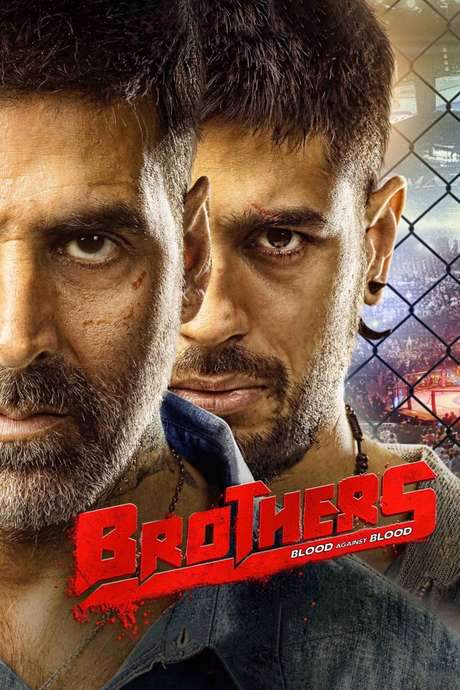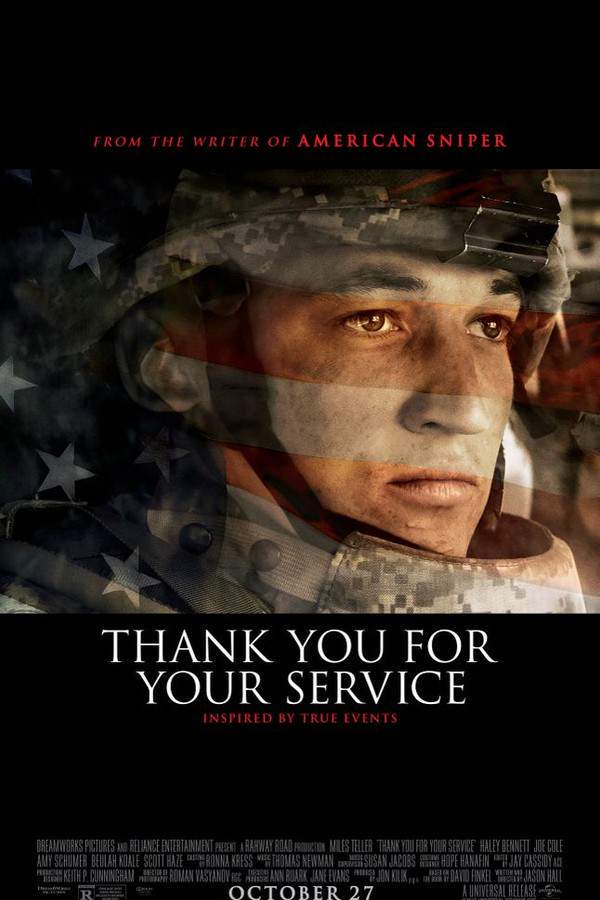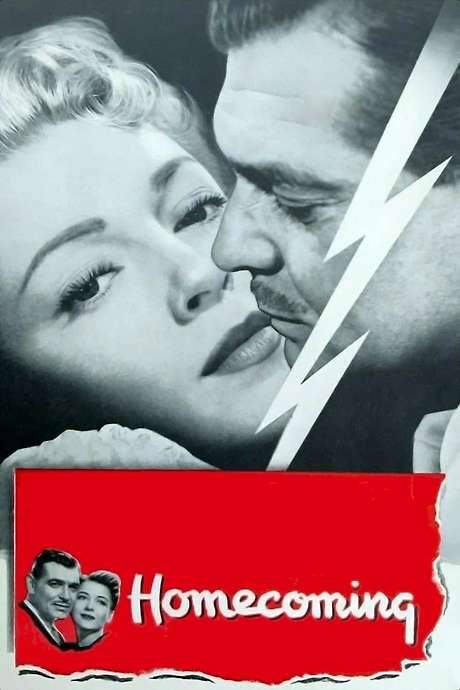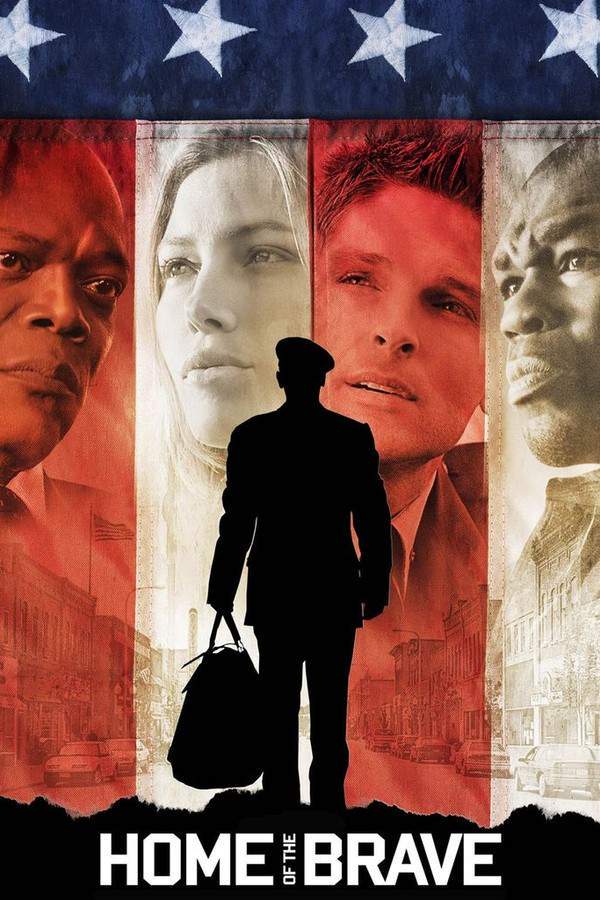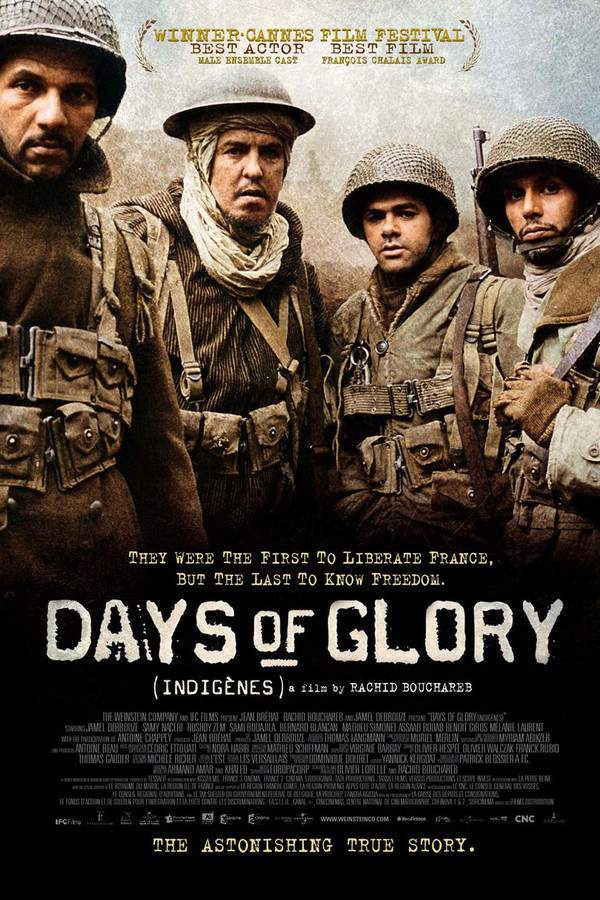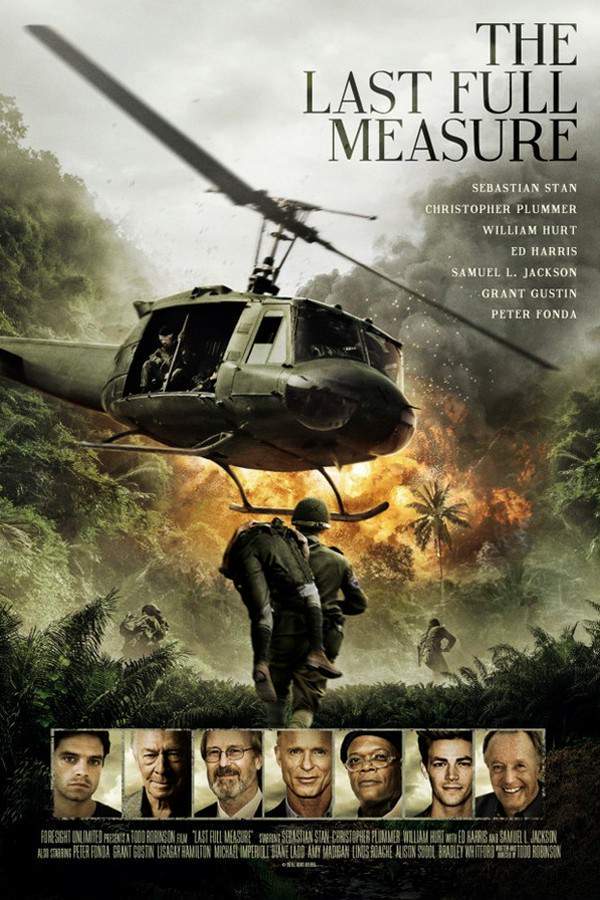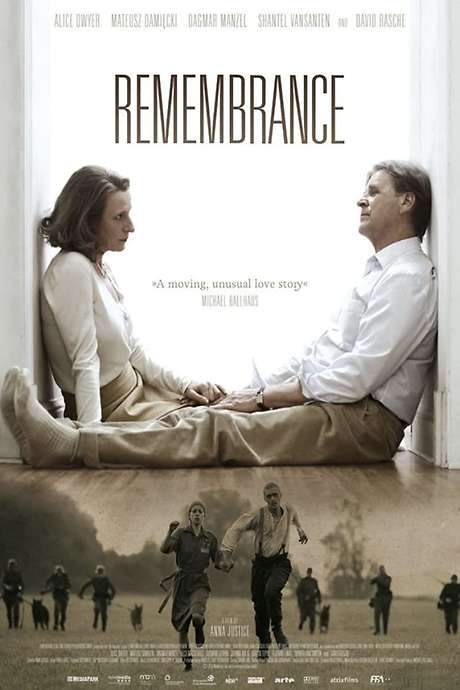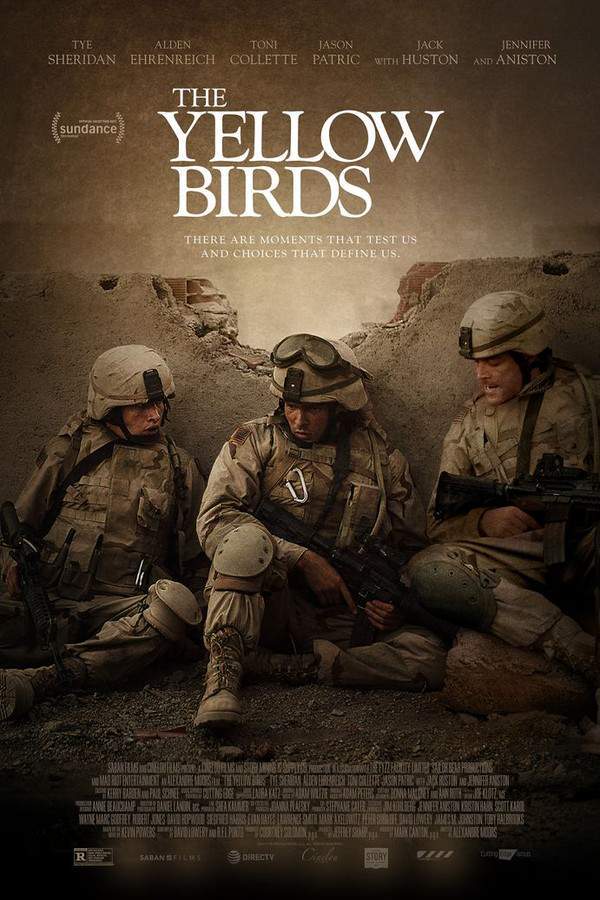
Only The Brave
Year: 2006
Runtime: 99 mins
Language: English
A searing portrait of war and prejudice, this documentary follows the Japanese‑American 100th/442nd Infantry Regiment, the most decorated U.S. unit of its size. After Pearl Harbor they were interned, then 1,400 petitioned to serve, fighting in North Africa, Italy and France, including the daring rescue of the Texas 36th Division. Their two‑year combat earned 21 Medals of Honor, thousands of Purple Hearts and other commendations.
Warning: spoilers below!
Haven’t seen Only The Brave yet? This summary contains major spoilers. Bookmark the page, watch the movie, and come back for the full breakdown. If you're ready, scroll on and relive the story!
Timeline – Only The Brave (2006)
Trace every key event in Only The Brave (2006) with our detailed, chronological timeline. Perfect for unpacking nonlinear stories, spotting hidden connections, and understanding how each scene builds toward the film’s climax. Whether you're revisiting or decoding for the first time, this timeline gives you the full picture.
Last Updated: October 09, 2025 at 15:11
Explore Movie Threads
Discover curated groups of movies connected by mood, themes, and story style. Browse collections built around emotion, atmosphere, and narrative focus to easily find films that match what you feel like watching right now.
War Comradeship Movies like Only The Brave
Stories of unbreakable bonds forged in the crucible of war.Explore movies like Only The Brave that focus on the deep bonds of brotherhood formed in combat. If you liked the portrayal of loyalty and sacrifice in the 100th/442nd Regiment, you'll find similar powerful stories of camaraderie in these war dramas.
Narrative Summary
The narrative follows a group of individuals thrown together by conflict, whose personal stories become secondary to the unit's mission and survival. The plot tests their loyalty through severe trials, often involving high-stakes rescue missions or holding a position against overwhelming odds, with character arcs defined by their commitment to each other.
Why These Movies?
These movies are grouped by their intense focus on the theme of comradeship as the emotional core. They share a heavy emotional weight, high-intensity action, and a tone that balances the horrors of war with the nobility of selfless sacrifice for one's brothers-in-arms.
Movies about War Trauma and Legacy like Only The Brave
Heroes grappling with the psychological cost of their valor.Discover films similar to Only The Brave that explore the long-term psychological impact of war and the legacy of heroism. These stories delve into themes of memory, PTSD, and survivor's guilt, perfect for viewers interested in the emotional cost of conflict.
Narrative Summary
These narratives often use a reflective structure, juxtaposing past traumatic events with a present-day struggle for peace. The protagonist's journey is internal, confronting flashbacks and grief to reconcile their heroic actions with the personal cost, ultimately seeking a bittersweet closure that honors the fallen.
Why These Movies?
Movies in this thread share a deep exploration of psychological trauma following heroic acts. They are united by a bittersweet tone, heavy emotional weight, and a thematic focus on memory, guilt, and the complex process of carrying a difficult legacy.
Unlock the Full Story of Only The Brave
Don't stop at just watching — explore Only The Brave in full detail. From the complete plot summary and scene-by-scene timeline to character breakdowns, thematic analysis, and a deep dive into the ending — every page helps you truly understand what Only The Brave is all about. Plus, discover what's next after the movie.
Only The Brave Summary
Read a complete plot summary of Only The Brave, including all key story points, character arcs, and turning points. This in-depth recap is ideal for understanding the narrative structure or reviewing what happened in the movie.

Characters, Settings & Themes in Only The Brave
Discover the characters, locations, and core themes that shape Only The Brave. Get insights into symbolic elements, setting significance, and deeper narrative meaning — ideal for thematic analysis and movie breakdowns.

Only The Brave Spoiler-Free Summary
Get a quick, spoiler-free overview of Only The Brave that covers the main plot points and key details without revealing any major twists or spoilers. Perfect for those who want to know what to expect before diving in.

More About Only The Brave
Visit What's After the Movie to explore more about Only The Brave: box office results, cast and crew info, production details, post-credit scenes, and external links — all in one place for movie fans and researchers.


